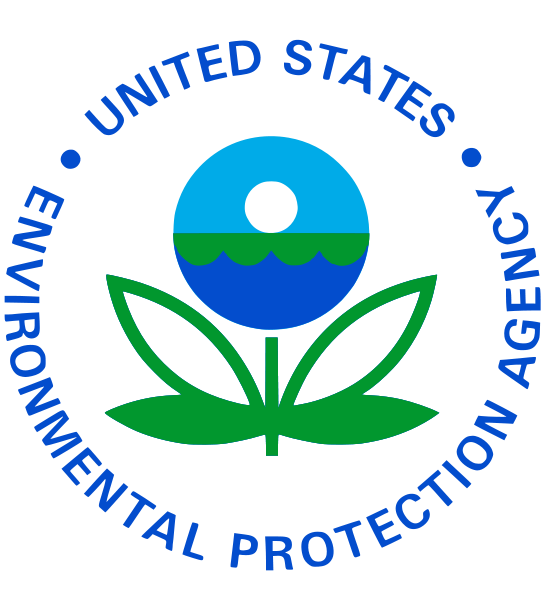December 2011, Vol. 238 No. 12
In The News
GHG Emissions From Shale Production Likely Significantly Overstated, Study Finds

Estimates used by the Environmental Protection Agency and others for greenhouse gas emissions from upstream shale gas production are likely significantly overstated, according to a new report by IHS Cambridge Energy Research Associates. The estimates are based on assumptions that do not reflect industry practice and should be re-evaluated, it says.
“Methane emissions have become a very important and controversial issue given their potency as a greenhouse gas,” said Mary Barcella, IHS CERA director of North American natural gas. “Unfortunately, such emissions are not being measured. Estimates are being used that are not supported by data, do not reflect current industry practice and would be unreliable to use as a base for decision-making.”
The report cites as one example the EPA’s 2010 revised estimates of methane emissions during well completion—the period after the well has been drilled but before it is placed into production. The current EPA methodology for estimating methane emitted during this phase was based on a small sample of wells and primarily measured methane that was captured rather than released into the atmosphere, the report says.
The EPA estimates were based on two workshop presentations describing methane captured during “green completions”—operations designed to capture as much methane as possible. The EPA assumed that (1) similar levels of methane were produced at every other well in the United States and (2) that those emissions went completely uncaptured. Such assumptions do not conform to current industry practices, the report says.
“The assumption that all methane recovered from these sample wells would otherwise have been flared or vented is questionable at best, given that common industry practice is to capture gas for sale as soon as it is technically feasible,” said Surya Rajan, IHS CERA director. “Gas that cannot be sold is generally flared rather than vented for safety reasons. If the methane emissions at wells were as high as some methodologies assume, you would have extremely hazardous conditions at the well site that neither regulators nor industry would permit.”
Another key mischaracterization found in the EPA estimates and other recent reports, such as a study led by Cornell University professor Robert W. Howarth, is the assumption that wells in flowback contain methane in quantities equal to their post-completion daily production, the report says. This assumption results in a significant overestimation of methane emissions. (The flowback phase is the phase of production when fluids injected into the well flow back out ahead of the tapped gas.)
The IHS CERA report notes that data on unconventional gas well GHG emissions is currently lacking due to the fact that they are not adequately measured. More reliable data is needed in order to produce estimates with any degree of certainty.
The report says the most productive result of additional regulations proposed by the EPA in July could be better documentation of actual GHG emissions which would provide the accurate measurement that is needed. Some of the other proposed regulations, such as requiring green completions and flaring of any produced gas that is not suitable for sale, are already common practice in the industry, it says.
The report is available at http://www.ihs.com/info/en/a/mis-measuring-methane-report.aspx.





Comments